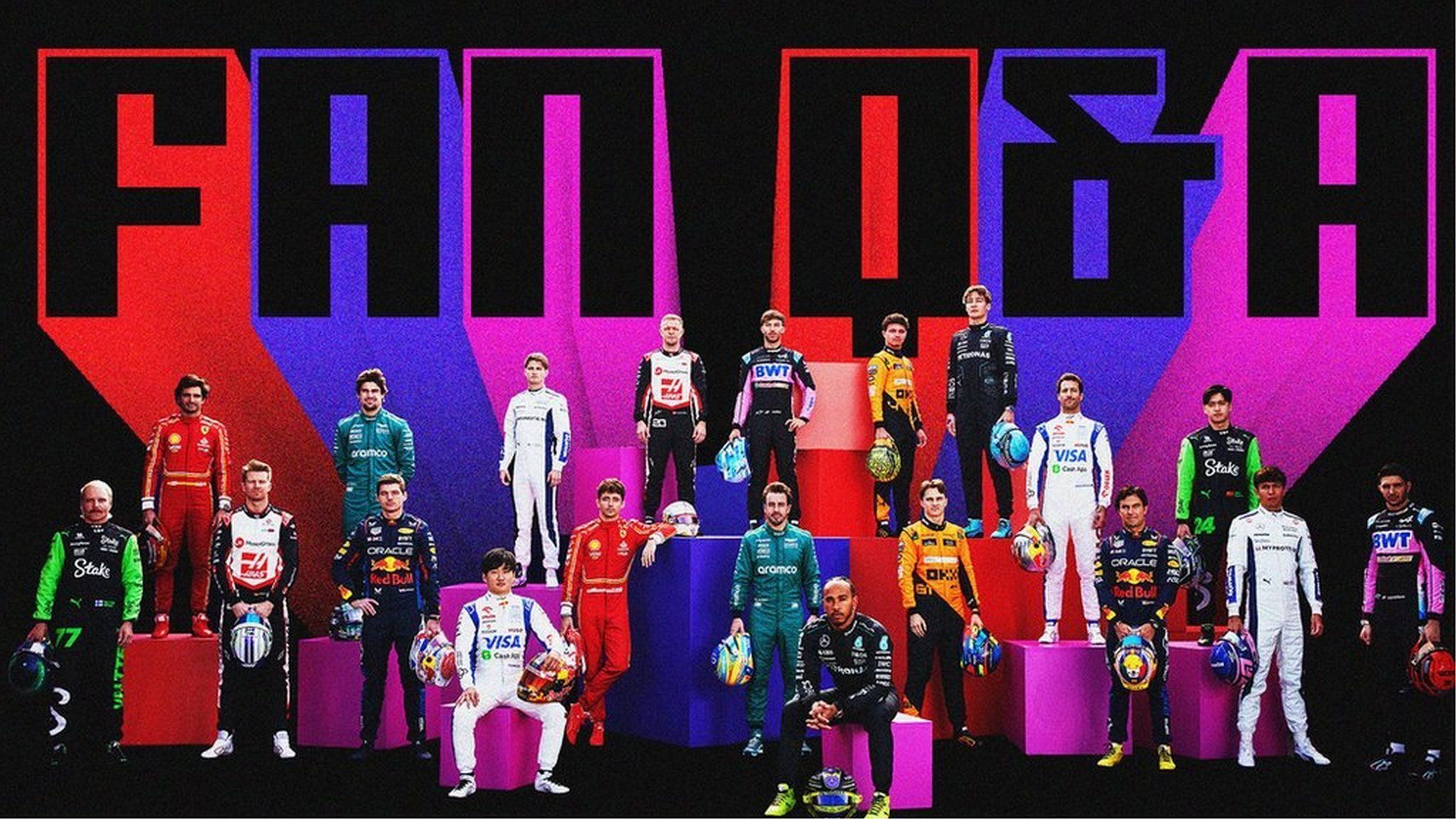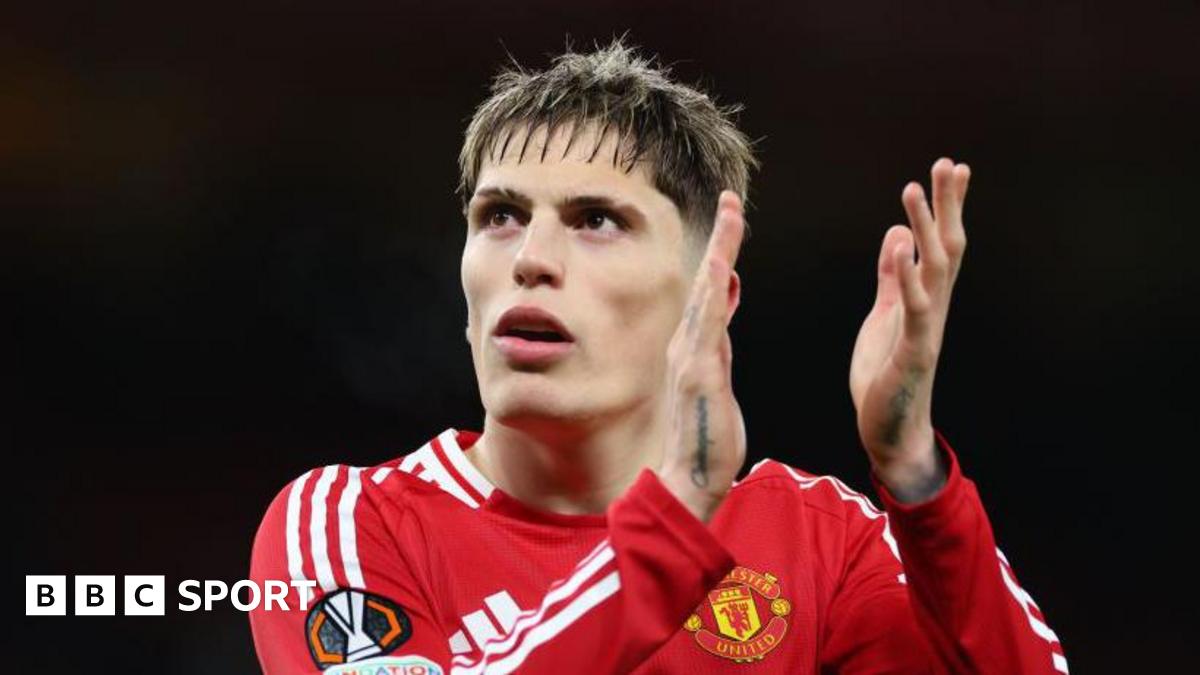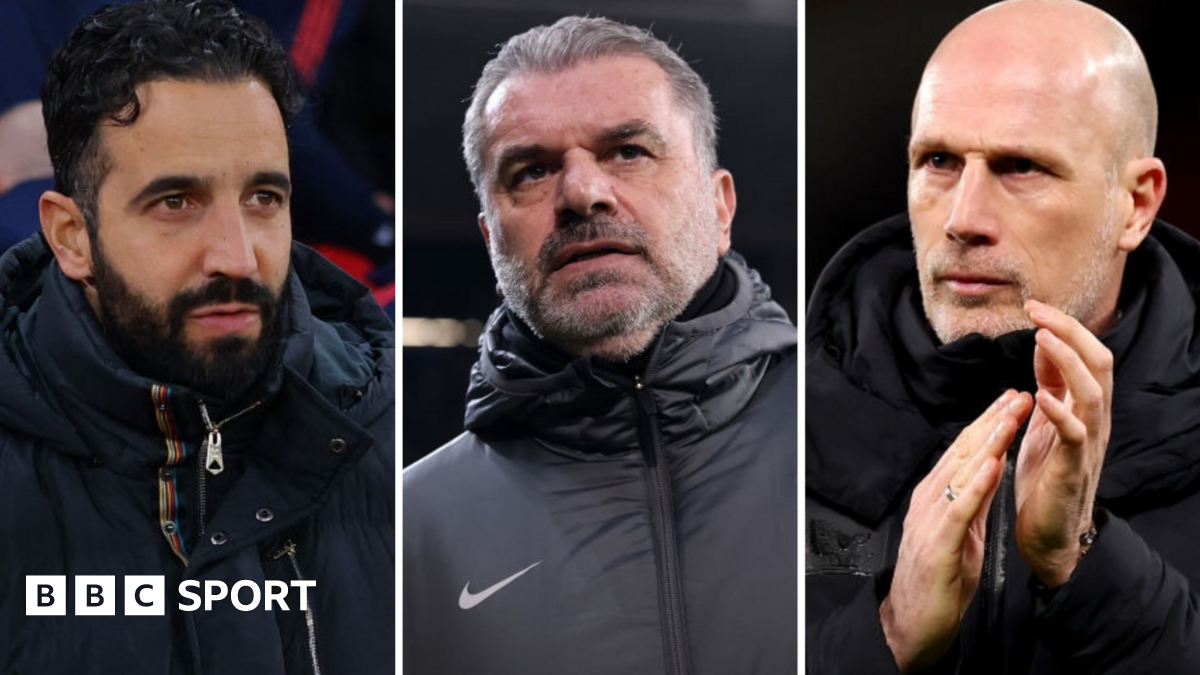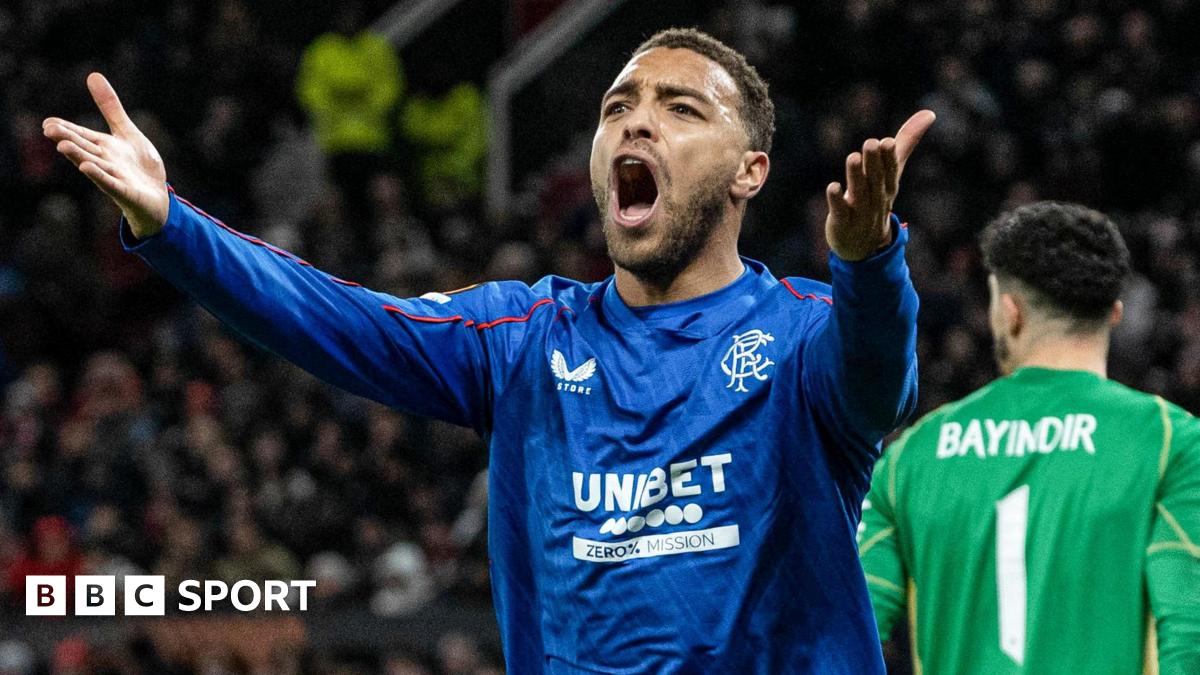ARTICLE AD BOX
 Image source, BBC Sport
Image source, BBC Sport
The Formula 1 season resumes with this weekend's Dutch Grand Prix, the first of 10 races that remain in this year's calendar.
Our F1 correspondent Andrew Benson answers your questions going into the race at Zandvoort...
Assuming Max Verstappen’s current lead is unassailable, who is likely to end up as best of the rest – Lando Norris, Charles Leclerc, Oscar Piastri, Carlos Sainz or Lewis Hamilton? - Richard
Red Bull’s Max Verstappen has a 78-point championship lead over his closest challenger, McLaren’s Lando Norris, with 10 races to go this season, starting at this weekend’s Dutch Grand Prix.
So, yes, Verstappen is in a very strong position to claim a fourth world title, even though he has not won a race since the Spanish Grand Prix in June. Norris would have to claw back an average of nearly eight points a race from now on to beat him.
On McLaren’s current form, that’s possible, but it’s not something Norris has looked like doing so far, partly through his own errors and partly through Verstappen’s outstanding consistency.
Norris is 22 points ahead of Ferrari’s Charles Leclerc, 32 in front of his McLaren team-mate Oscar Piastri, 37 in front of Ferrari’s Carlos Sainz and 49 ahead of Mercedes’ Lewis Hamilton.
What makes this second half of the season so interesting - from a drivers’ and constructors’ championship point of view - is the rate of scoring of all these drivers.
In the five races from Spain to the summer break after Belgium, the highest scoring driver was Hamilton, who took 95 points, including wins in Britain and Belgium.
Then it’s Piastri with 86 and Verstappen with 83, then Norris (68), Sainz (54) and Leclerc (39).
Ferrari would need a significant turnaround in form for Leclerc and Sainz to feature. But Piastri and Hamilton are obviously a threat to Norris if that rate continues.
The constructors’ title is wide open, with McLaren only 42 points behind Red Bull and Sergio Perez’s form causing the world champions problems.
If Perez does not up his game, his seat remains vulnerable despite Red Bull’s announcement after Belgium that he would continue into the second part of the season.
Mercedes are fourth, 100 points behind McLaren, quite a margin to make up. But after winning three of the last four races, they look eminently capable of closing the 79-point gap to Ferrari for third overall.
Why do we now have so many street circuits where it is so hard to overtake? Monaco is the number one example of this – Alexis
Out of 24 races this season, seven are held on street circuits - Saudi Arabia, Australia, Monaco, Canada, Azerbaijan, Singapore and Las Vegas. It’s eight if you count Miami, which is a temporary circuit constructed on the land around the Hard Rock Stadium.
They are quite different in character, and by no means all are tracks where overtaking is difficult.
Monaco is notorious, of course. And Singapore is also a tough track for passing, even after the changes introduced last year to re-route the layout around construction work.
Racing has improved in Melbourne’s Albert Park since the chicane on the run from Turn Six to the fast chicane was removed, even if overtaking is still at a premium.
But that’s three.
There is no major issue with racing in Jeddah, Miami, Montreal and Baku - indeed, Canada and Azerbijan often produce action-packed grands prix. And while Las Vegas has held only one race so far, it was arguably the best of last season.
It is not yet known how racing will be on the new hybrid ‘street’ track in Madrid that will host the Spanish Grand Prix from 2026, but F1 will want ensure the event is a success.
Why is F1 trending towards street circuits? Liberty Media, the commercial rights holders, tends to want new races to be ‘destination events’ close to major population centres.
But Liberty insists it is conscious of the sport's heritage and determined to protect the historic races on road circuits.
Should F1 do away with number of laps and go to timed races? Eg 100 minutes. Races like Silverstone and Spa finish too early if no safety cars. - Gary
This is not a subject I remember coming up at any point, and I checked with a source close to the top of the sport, who said they believed it had never been a topic for discussion since Liberty Media took over F1.
The current rules dictate that grands prix run to a maximum distance of 305km (190 miles) and for not longer than two hours.
Back in the 1950s, it was not uncommon for races to be much longer than that, but the current distance was moved towards through the 1960s and has been pretty much set for half a century or so.
This means some races have a longer duration than others.
Monaco, for example, is so slow that the cars cannot get close to the 305km limit - in fact, there is a lower limit of 260km for races there.
Singapore also struggles to get the full distance into two hours. While events on fast circuits such as Monza, Spa and Silverstone are often less than 90 minutes long, sometimes even just 80 minutes. The races are the same length - they just take less time to complete because the average speeds are higher.
But no-one in the sport seems to have a problem with this. People like the variety, in fact.
How much input does each driver have in preparing the race strategies? And if they do, do some have more - ie Fernando Alonso or Lewis Hamilton? - Rob
Race strategies are arrived at after teams run millions of simulations to try to determine what is mathematically the fastest race, taking into account all possible variables.
Typically, the engineers will decide the possible strategies and then this will be discussed with the drivers. They do have an input, but the decision is made collectively.
Teams will go into the race with a number of options. Choices as to which to follow will be made once it becomes clear how the race is going on various fronts - position, tyre wear, opposition, etc.
Where the driver’s input is really valuable is in their feel for what might be possible from the tyres once they get out on track, and it’s certainly true that some drivers are more skilled and more proactive in this way than others.
A good example was George Russell’s race in Belgium, when he had a feel that a one-stop would be possible and worked with the Mercedes engineers to go that way. It won him the race until he was disqualified for his car being underweight.
There are plenty of other examples of this. You often hear Carlos Sainz making strategy choices at Ferrari. And, yes, Alonso is another driver who is renowned for his exceptional ability in this regard.
Hamilton also excels - take Silverstone this year, for example, when he made the used soft tyre last from his final pit stop to the end and won, while the same tyre faded on Lando Norris’ McLaren, which dropped back to third behind Max Verstappen’s Red Bull.
This season there seems to be an unusual amount of management and engineers changing teams. Why do you think this is? - Rob
There has been a lot of movement, and it’s because the circumstances of a number of teams are changing. It just so happens that it’s all coinciding.
So, at Red Bull, for example, it has been a tumultuous year following the allegations of sexual harassment and coercive, controlling behaviour made against team principal Christian Horner.
These have now been the subject of two internal Red Bull inquiries, both of which have dismissed the complaint. There may yet be further developments to come.
These allegations - which Horner has always denied - were instrumental in chief technical officer Adrian Newey’s decision to leave. And when Newey is on the market, he will inevitably be in demand elsewhere. It looks like he will probably end up at Aston Martin.
Red Bull are also about to lose sporting director Jonathan Wheatley, who is moving to Audi as team principal next year.
Aston Martin owner Lawrence Stroll is determined to turn his team into title contenders, so he is shopping for talent - and he has attracted Ferrari’s technical director Enrico Cardile.
That means Ferrari now need a technical director - team principal Frederic Vasseur is standing in on a temporary basis.
At Alpine, meanwhile, it had already been a year of turmoil on the management front even before the arrival of Flavio Briatore as executive adviser. And he was always going to ring the changes.
Expect more developments at Alpine, following the appointment of Oliver Oakes as team principal earlier this month.
Sauber is turning into Audi in 2026, and a brand of such prestige cannot afford to be at the back. So it was perhaps inevitable change would happen there, given the lack of obvious progress at the team. That’s what was partly behind the recent removal of Andreas Seidl and Thomas Hoffmann and the appointment of Mattia Binotto.
What do you think persuaded Carlos Sainz to sign for Williams? Are we going to see a return to form for James Vowles’ team over the next few years? - Melissa
Sainz chose Williams over Sauber/Audi and Alpine simply because he believed it was his best competitive option of the three.
It’s not hard to see how he came to that conclusion, even if Williams are behind Alpine in the championship at the moment.
Audi might have big ambitions but it seems likely that it will be quite some years before they are competitive, given the amount of work needed to turn Sauber around.
And the future of Alpine is very uncertain following the arrival of Flavio Briatore as executive director, and the apparently impending decision to abandon the Renault F1 engine programme and become a customer team.
A lot of people in F1 think it looks like the team is being prepared for a potential sale.
As for Williams, team principal James Vowles and owners Dorilton have big ambitions. Williams have slipped backwards this year, but Vowles says he always knew that would be a consequences of the changes he has made to try to modernise the team.
He has been clear in how he pitched the team to Sainz. Now it is up to him to prove he can back it up.

 5 months ago
17
5 months ago
17








 English (US) ·
English (US) ·